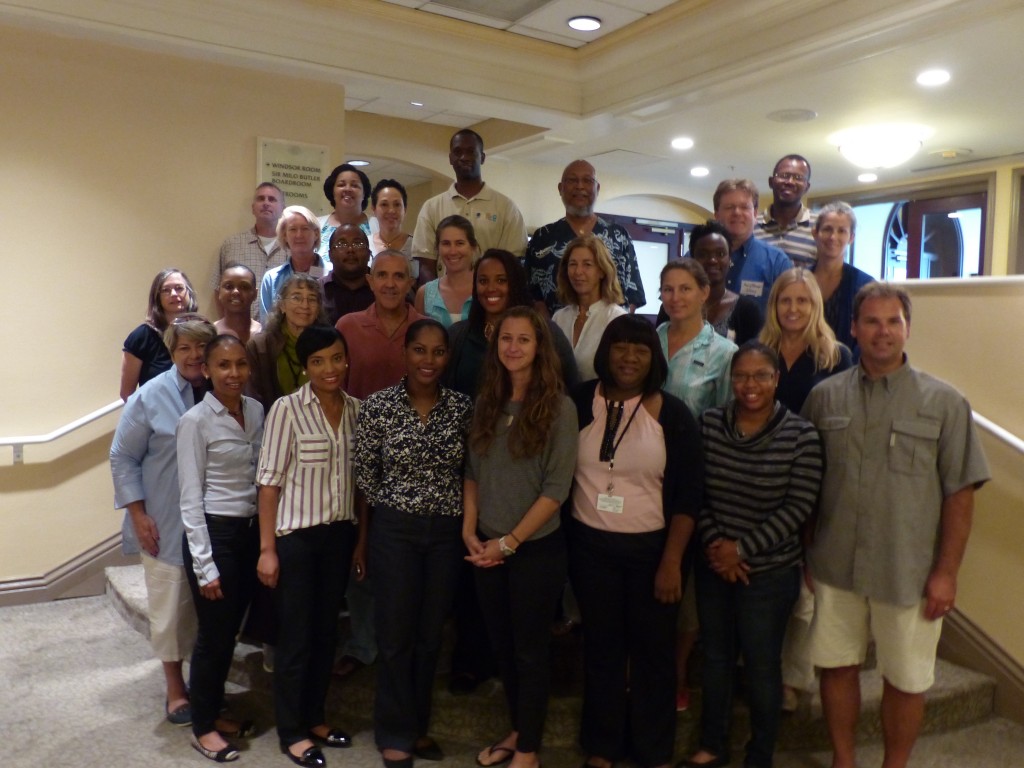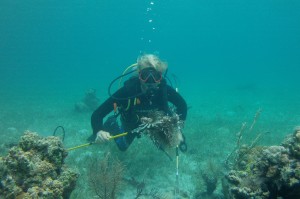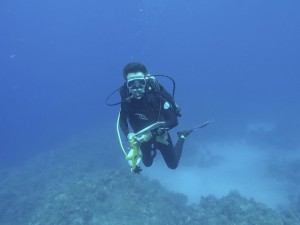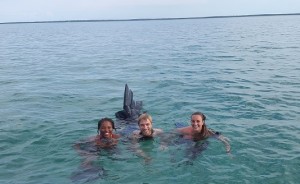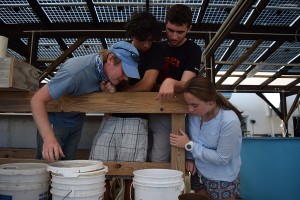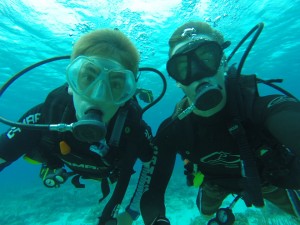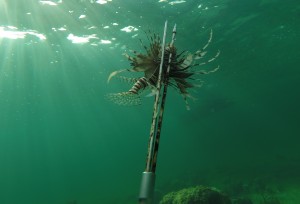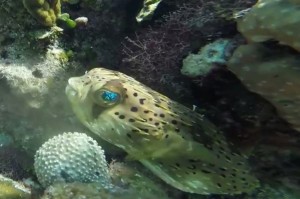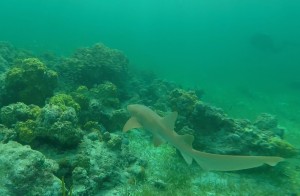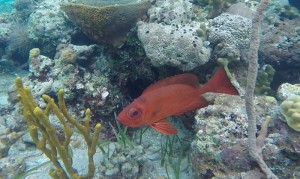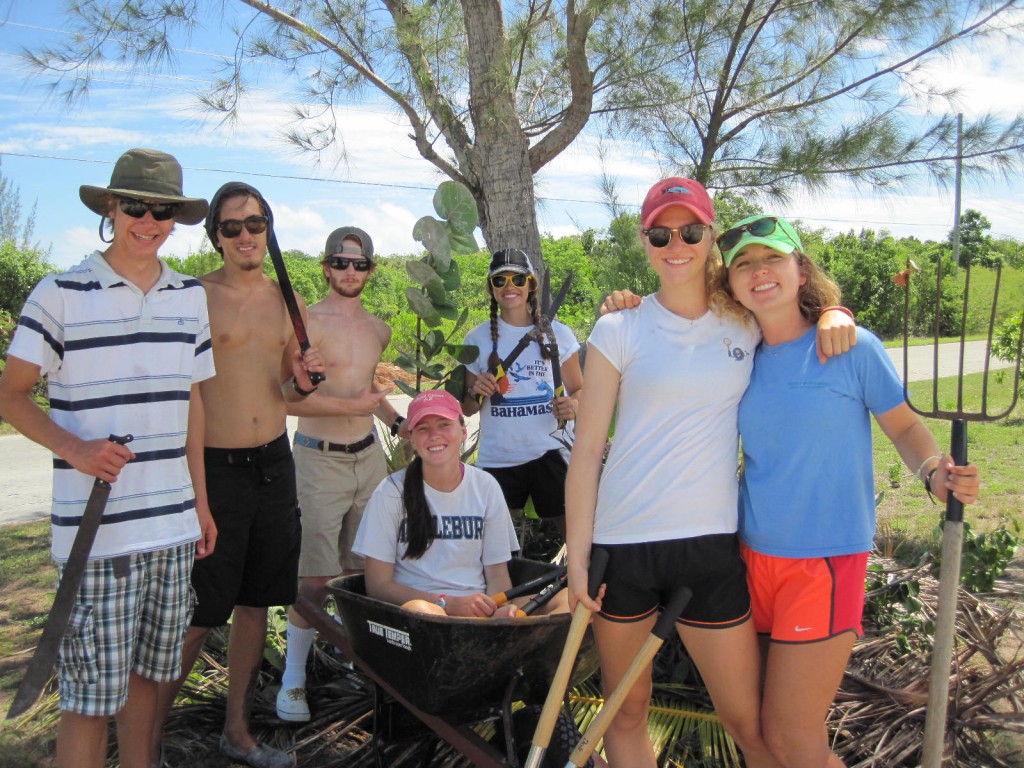
The Bahamas National Trust invited the Cape Eleuthera Institute to participate in a Strategic Planning Workshop intended to develop a national strategy for improving the health of coral reef ecosystems and species that depend on them. The workshop took place June 23rd – 26th at the British Colonial Hilton in Nassau and was led by Dr. Craig Dahlgren. The aim of the meeting was to incorporate knowledge of island-specific and national issues, threats, and current or planned activities into the overall strategic plan.
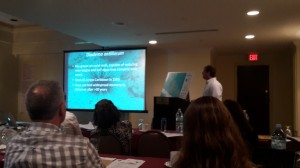
Representatives from local research, conservation and education organizations also discussed ways to implement national strategies on a local level throughout The Bahamas.The Plan will integrate island specific and national coral reef conservation, education, restoration, management and policy efforts. The Disney Conservation Fund supported the workshop, and the Bahamas National Trust are also looking to build strategic partnerships to maximize the benefits from existing funding sources and to collaborate to target additional funding for island specific and national projects.
Partners included: Bahamas Reef Environment Education Foundation, The Nature Conservancy, Department of Marina Resources, Save The Bays, Bahamas Agriculture and Marine Science Institute, Young Marine Explorers, Atlantis, Friends of the Environment, AGGRA, Shedd Aquarium, Andros Conservancy and Trust, and the New England Aquarium.
